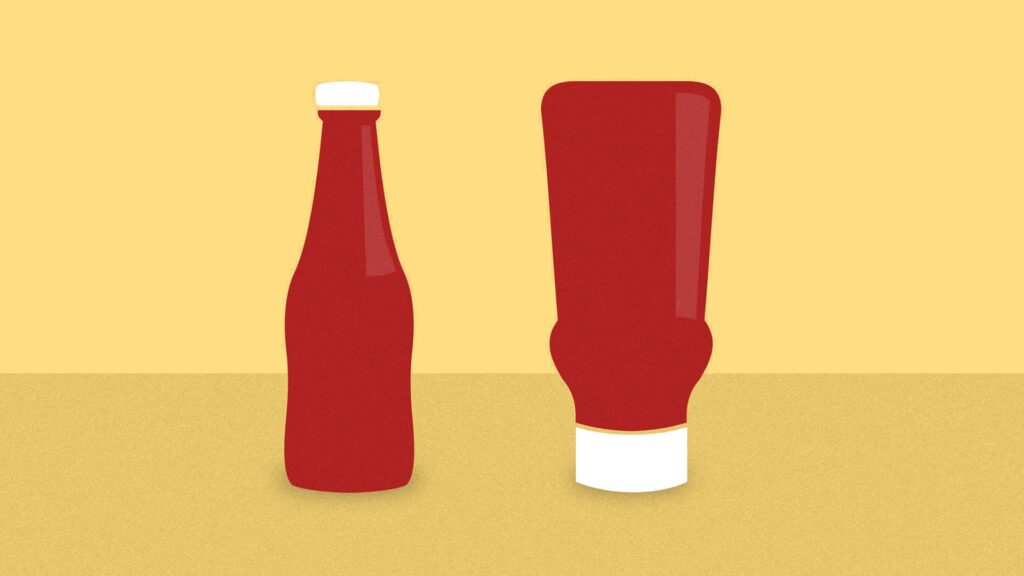Introduction
In the digital age, where users seamlessly navigate between the virtual and physical realms, the success of an application hinges on its ability to bridge this gap. A well-designed user experience (UX) is no longer just about aesthetics or functionality; it’s about creating a harmonious interaction that extends beyond the screen. This article explores the critical concept that if your UX design doesn’t align with user behaviors in the physical world, it can create a negative gravitational force, pulling your business down.
The Gravity of User Expectations
Users come to applications with a wealth of experiences from the physical world. They have intuitive expectations about how things should work based on their interactions with objects and environments. When a digital product fails to meet these expectations, it creates a cognitive dissonance that can lead to frustration and disengagement. This dissonance can manifest in various ways, such as:
Difficulty learning the interface:
Users may struggle to understand how to navigate the app, leading to frustration and abandonment.
Unexpected behaviors:
When digital elements behave in ways that don’t align with physical world conventions, it can create confusion and hinder task completion.
Lack of intuitive controls:
If actions require complex steps or unfamiliar gestures, users may feel overwhelmed and disoriented.
The Negative G Force of Misaligned UX
Friction in the User Journey: Misaligned UX can introduce friction into the user journey. For instance, if an e-commerce app requires users to manually enter their shipping address instead of suggesting it based on their location data, they may feel frustrated and abandon their purchase. This friction can lead to increased task completion times, decreased user satisfaction, and ultimately, a loss of customers.
Decreased User Engagement:
A negative UX can lead to decreased user engagement and retention. If an app is difficult to navigate or doesn’t provide a seamless experience, users may quickly lose interest and seek alternatives. This can have a significant impact on a business’s bottom line, as engaged users are more likely to make purchases, recommend the app to others, and continue using it over time.
Damage to Brand Reputation:
A poor UX can tarnish a brand’s reputation. Negative experiences can spread rapidly through word-of-mouth and online reviews, damaging a company’s credibility. Once a brand has a reputation for poor UX, it can be difficult to recover.
Creating a Positive G Force: Aligning UX with the Physical World
To avoid the negative gravitational pull of misaligned UX, businesses must focus on creating experiences that resonate with users’ physical world understanding. Here are some key strategies:
Intuitive Navigation:
Design interfaces that mimic familiar physical interactions. For example, use gestures and swiping motions that align with how users interact with objects in the real world. This can help users feel more comfortable and confident as they navigate the app.
Contextual Awareness:
Leverage location data and other contextual information to provide personalized experiences. For instance, an app could suggest nearby restaurants based on the user’s current location. This can make the app feel more relevant and useful to users.
Physical-Digital Integration:
Explore opportunities to integrate physical and digital elements. For example, a fitness app could use wearable devices to track real-time data and provide personalized workout recommendations. This can create a more immersive and engaging experience for users.
User Testing:
Conduct thorough user testing to identify potential pain points and areas for improvement. By gathering feedback from real users, businesses can make informed decisions about their UX design and ensure that it meets the needs of their target audience.
Conclusion
In today’s interconnected world, UX design must extend beyond the screen to create experiences that seamlessly integrate with users’ physical lives. By aligning UX with user behaviors in the physical world, businesses can create a positive gravitational force that attracts and retains customers. Failure to do so can result in a downward spiral of frustration, disengagement, and reputational damage.



